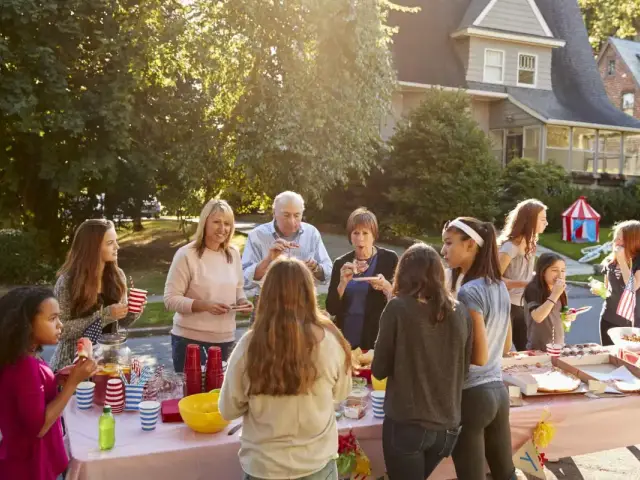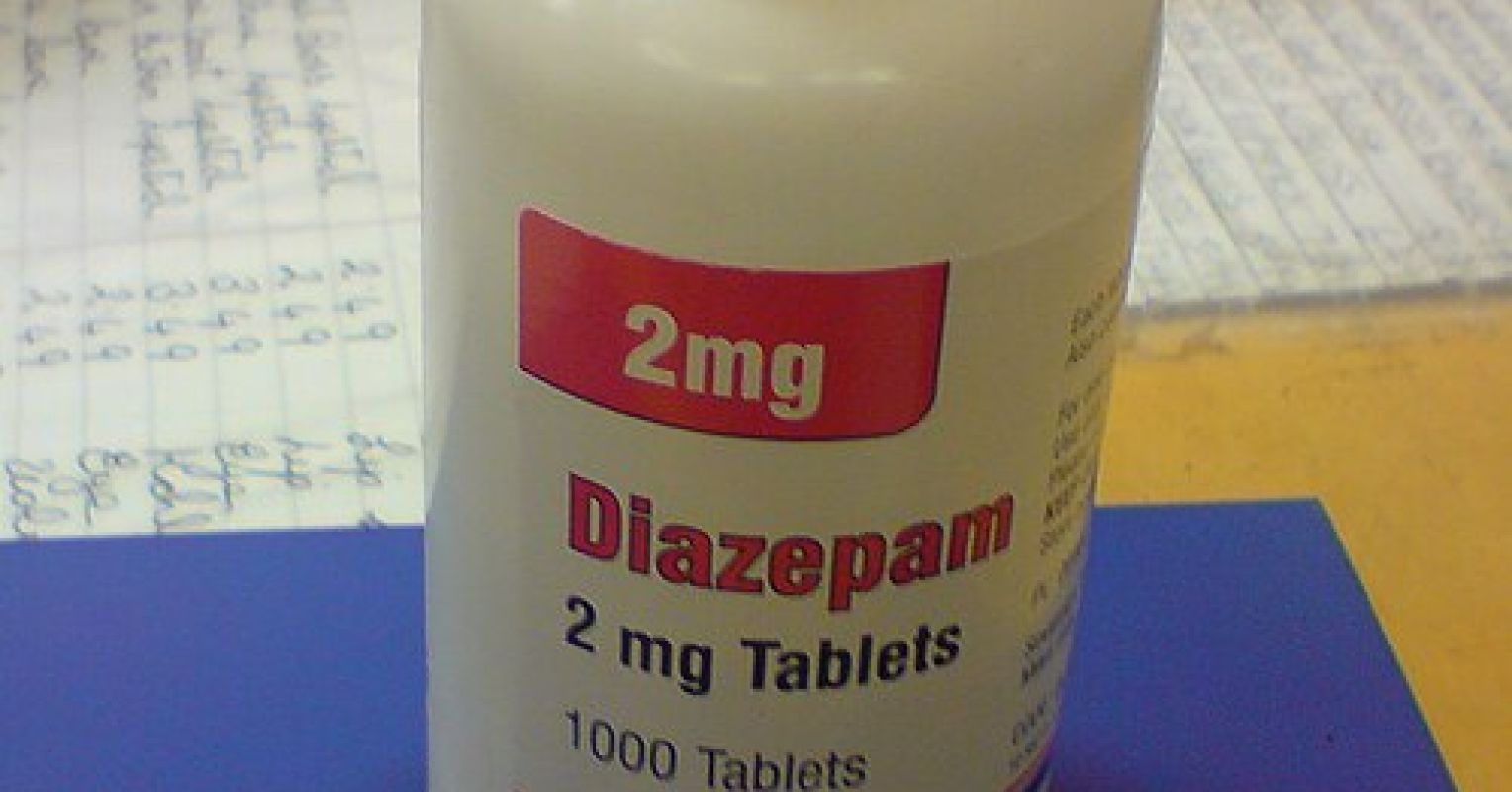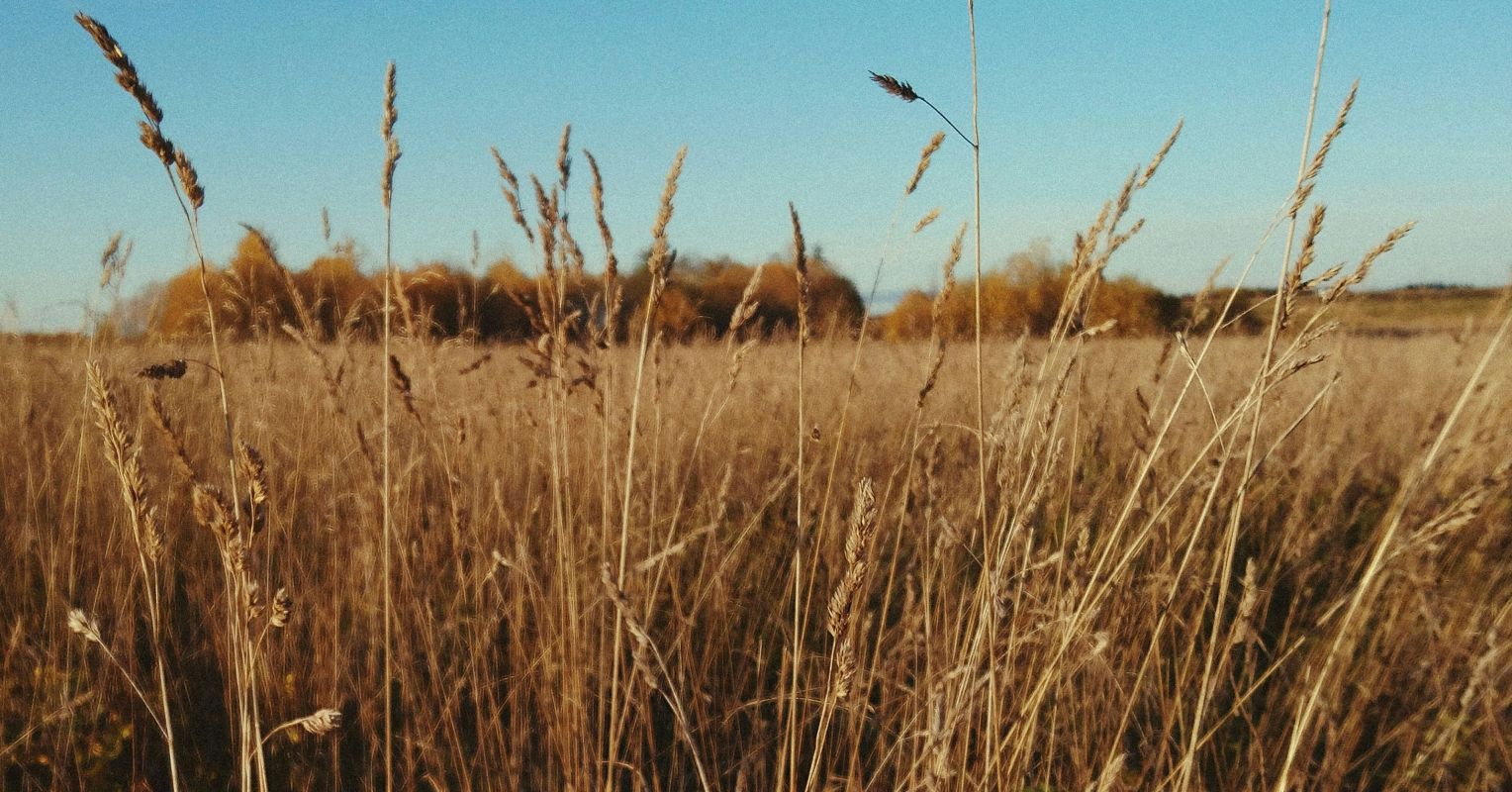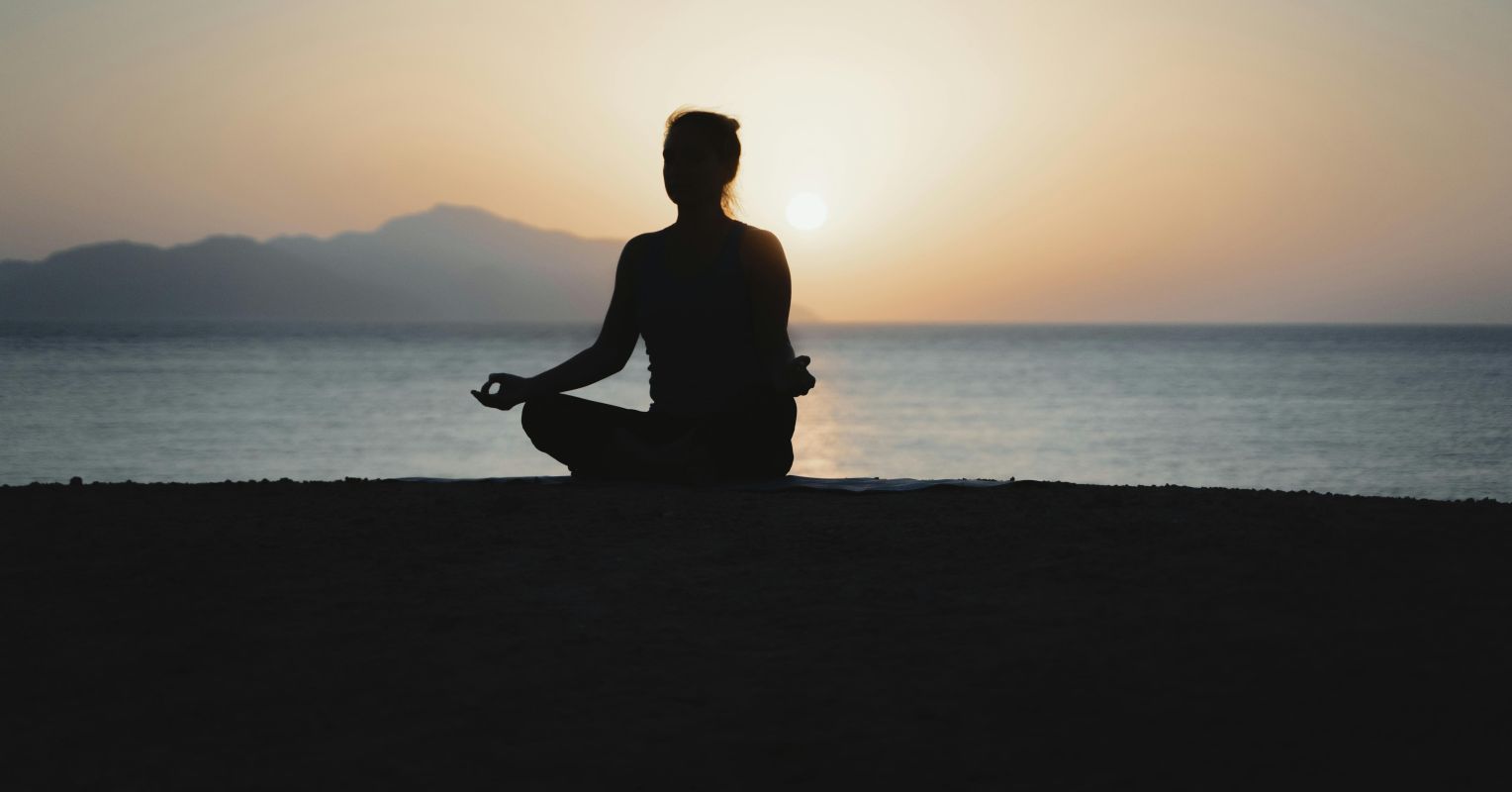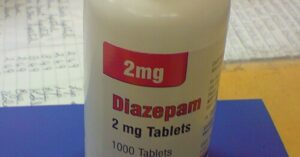As a hospital-based physician, I almost always treat people with serious chronic health conditions. As a consequence of these conditions, they lose not just energy but also connection to much of what makes them feel alive. Such was the case with Mr. T., a 67-year-old man I recently cared for at Alta Bates Summit Medical Center in Oakland, California.
“Life with kidney failure is hard. Seems my life is just going to dialysis and that’s it. Sometimes I don’t know if I can keep doing it,” he told me. In fact, he was in the hospital due to not doing it. He had just been admitted with shortness of breath after missing one of his critical three-times-a-week dialysis sessions.
Health conditions can leave folks isolated; this inevitably leads to worse health and quality of life. For a few years now, I have been trying to address this with what I call my “Prescriptions for Health and Happiness”: paper prescriptions I write for things like helping others, writing a thank you note, singing in the shower or dancing, or walking in a beautiful place.
X

After reading a new book by journalist Julia Hotz, The Connection Cure: The Prescriptive Power of Movement, Nature, Art, Service, and Belonging, I believe more and more in the idea that our social activities and community engagement are crucial for our health—not only for my patients but also for myself, friends, and family.
As for Mr. T., I asked him a question that is key to the “social prescribing” movement:
“Now that we have talked about ‘what is the matter with you,’ I would like to learn ‘what matters to you.’ What brings you joy? Doing what we love is an important part of staying healthy, and I want to encourage you to reconnect with the world in healthy ways.”
“Well, doc, I’ve always loved music.”
“Have you ever thought about joining a choir?”
“I love to sing but haven’t in years, but you know the idea of doing it again? It’s kind of exciting to think about!”
I, too, was excited by that patient visit and excited later that week when I had the opportunity to talk to Hotz about her book on the social prescribing movement and how it is growing and evolving around the world.
Leif Hass: How would you define social prescribing?

Journalist Julia Hotz (credit: Pat Simmons)
Julia Hotz: Social prescribing utilizes the arts, nature, volunteerism, and local community organizations as “medicine” for patients of all ages. Social prescribing considers social health just as as integral to people’s well-being as their physical and Mental health and an important tool to address a myriad of problems such as chronic pain, diabetes, hypertension, Mental health conditions, and the loneliness epidemic.
LH: You say that our current pill-oriented form of health care became dominant only in the mid-20th century. Social prescribing is an effort to move medicine away from this “pill for each problem” paradigm toward a broader view of health and health care. What are its origins?
JH: The movement started in England, where researchers generated data to prove the obvious—poverty and poor social conditions lead to ill health and shorter lives. The structure of the British National Health Service allowed some unconventional thinkers to attempt some novel solutions to this problem—most notably, Dr. Sam Everington.
Early work showed that [the health system] prescribing and paying the cost of access to exercise programs saved money and improved health, at which point social prescribing, as it came to be called, received more attention and funding. Since the initial prescriptions were written four decades ago, the British government has spent £300 million on healthy living centers that do more than prescribe movement, art, nature, service, and belonging, but also can address basic needs like housing, employment, and education using health advisors or “link workers” to help people access existing community resources. A recent study suggests that social prescribing and related services have reduced demand on primary care by 24% and emergency room visits by 28%.
LH: You interviewed people involved with social prescribing all around the world. What did you learn from that? Could you share some of the types of activities prescribed?
JH: Well, the fact that providers and patients around the world want to give and receive this type of care demonstrates that it taps into something universal. When providers suggest that health comes from more than the absence of disease, but from doing things that bring joy and meaning—something patients, all of us, intuit about our health—we readily by in. Of course, people at times need nudging depending on the condition being addressed.
As far as the types of activities prescribed, I found cold water swimming for depression on the English coast, fishing groups for recovering drinkers in Northern England, a jogging group to engage people with housing insecurity in New York, hiking for ADHD in Vermont, art classes for anxiety in Denmark and Australia, volunteerism for the isolated in Canada, phone outreach for withdrawn vets in the USA, and farm work for people with dementia in Norway.
In its most evolved situations, the process moves beyond a doctor prescribing in their office to communities where there is outreach to struggling individuals and community centers that serve as a hub that help people make connections themselves or with the help of community workers. The diagnosis and the treatment can happen without your typical licensed health care provider.
At a societal level, these programs can create a ripple effect, strengthening social ties and supporting programs that benefit other people. The idea of what health and health care are can evolve as a result of the community witnessing the prescribed activities.
LH: What is the state of social prescribing in the USA?
JH: In many countries, there is a single payer for health and social services, typically the government. If they feel a program will save money, they are in the position to start it and reap the rewards in terms of better health outcomes and lower costs.
The United States is a big country with a complicated system for delivering health care. Currently, social prescribing is happening in more of a patchwork manner than in the U.K. For instance, the Veteran’s Administration has been an early adopter given the shocking rates of mental illness among vets, and the great data on benefits of outdoor programs and “buddying up” programs. HMO-like programs for the elderly have been using types of social prescribing for years now with great success.
We are starting to see broader efforts. For instance, the Massachusetts Cultural Council piloted the country’s first social prescribing initiative, CultureRx, which offers annual grants to cultural organizations to develop sustained partnerships with health care providers across the state to provide prescribed services. This addresses a key issue: There need to be social programs for folks to go to and people to facilitate bringing programs and patients together. In the U.S., we run into not just logistical problems but political or philosophical problems. Is it the job of government to get people to go for a hike? Is it money well spent?
Social prescribing isn’t about treating the symptoms; it is about creating health, creating a pathway to wellness, and in the process healthy communities.
LH: Is there any pushback against the movement of social prescribing?

The Connection Cure: The Prescriptive Power of Movement, Nature, Art, Service, and Belonging (Simon & Schuster, 2024, 336 pages)
JH: Some people say health care systems are setting up social prescribing due to failures in the way they traditionally have conceptualized and delivered care.
Cormac Russell, an outspoken critic of social prescribing, says, Whoa, what fails before the health system? It is the community. Yes, in the short term it makes sense to invest in social prescribing, but ultimately we need to think about what true connected communities would look like and devote resources to develop them. What we are seeing with the levels of anxiety of our youth, isolation of our elderly, and our high rates of substance use disorder is a society in distress. He uses the analogy of tears in the fabric of our society. With social prescribing, we are pulling people out as they fall through the tears, but fixing the fabric should be our goal.
He believes the way to create a connected community is to help people create a community asset inventory. Then give them resources to address the community’s gaps and improve access to the natural world, art, music-making, and other types of organizations that engage us in community—and then let people engage themselves!
I agree with Russell on this; we need to create systems to allow our citizens to find resources they need to get healthy in these ways without enlisting the help of the overburdened and expensive health care system.
This book is not antimedicine; medicine can be a powerful tool to address our symptoms. It is mostly a book—and part of a movement—about broadening our notion of health and what brings it to us.
LH: Social prescribing isn’t coming to every doctor’s office in the coming months, and I agree with you that ideally for most people the health care system doesn’t even need to be involved. How should folks proceed if the ideas ring true to them?
JH: My thoughts on how people take in the findings from this book have evolved. What is great about social prescriptions is that they can create more joy, more meaning, and improved relationships; it goes beyond treating symptoms in the moment but moves us in the direction of greater well-being. Everyone feels anxious, depressed sometimes; everyone feels distracted, burned out at times. Why not proactively start introducing doses of these proven “medicines” when these feeling start to arise? Or proactively, like we do with vitamins?
The tagline of the movement is about shifting from “what’s the matter with you” to “what matters to you.” But this question feels a little big, so I like breaking it down into smaller questions we can ask ourselves. When was the last time you experienced beauty, awe, flow, or deep human connection? You can use your answers to write your own “prescription.”
It is the movement’s hope that with time simultaneously our society’s idea of health and our society’s resources to access these activities will grow; more people will join clubs, go to parks, or paint without the idea of health even coming to mind. Of course, for our vulnerable populations, the health care system—or at least some community resources—are going to be needed to get them the care they need.
LH: Why do these activities improve our well-being and overall health?
JH: Social prescribing is about living in the direction of more connection, more awe, more flow states, and more joy. One of the researchers I spoke to talked about how these prescriptions work simply by getting us out of our homes and in front of new stimuli that change the engrained pattern of our thoughts, which can drive some Mental health issues. Then the activities activate us and help us feel a part of something bigger or see the world in a new way.
For certain symptoms, certain activities appear to be more effective than others. Movement is good for stuckness, sadness, and many of the symptoms of depression. Art is good for symptoms of anxiety and being consumed by our worry. Nature is good when we are burned out, stressed, have a formal ADHD diagnosis, or are even just suffering from overstimulation. Service is great to help with loneliness. One of the doctors said she felt so privileged she could prescribe beauty.
At times, we all experience some of these symptoms. Wouldn’t it be great to know we have something in our back pocket for when this happens? I have come up with a list of 10 questions that can guide us toward potentially helpful activities and a “crowdsourced DSM,” an alternative take on the manual Mental health professionals use, that offers suggestions to address common funks we find ourselves in.
I hope people learning about social prescribing will see it as a call to develop a group of activities to not only bring more joy to the present but as a method to preventively enhance our emotional well-being and overall health.





